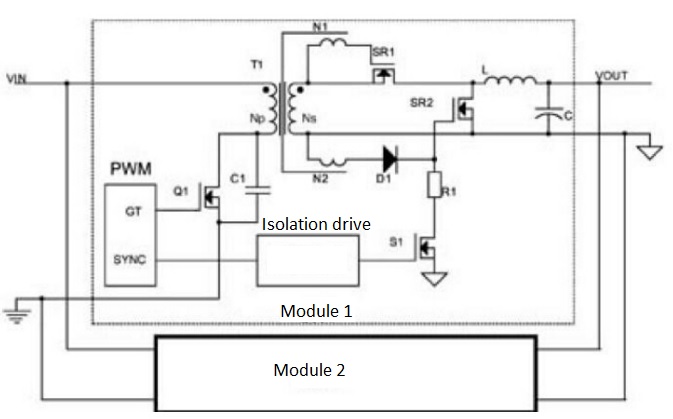
Many engineers like to use chip resistors when designing power modules. If the maximum power in the circuit exceeds its rated power, the reliability of the chip resistors will be reduced. The engineer should design and use the 70% derating of the rated power. When the working temperature of the resistor exceeds 70 °C, it must be further derated. This can reduce the damage of the resistor and the whole power module can not work.
Second, the power module design implements voltage derating design
Many times, in order to save costs, the factory will adopt cheap resistance products, but as an engineer, it is necessary to optimize the product design and ensure that the product works normally when saving costs. Therefore, in the design of the power supply circuit, the working voltage of the resistor is generally designed and used according to the 75% derating of the highest rated voltage, ensuring that the transient voltage in the resistor cannot exceed the maximum operating voltage of the resistor, otherwise there is a danger of breakdown resistance.
Third, the power module design should accurately calculate the resistance power consumption
For resistance values less than 1 Ω, the key parameters of the resistor are the rated current and the maximum operating current, not the rated voltage and the maximum operating voltage. When designing a power module to use such a resistor, the engineer has a large current flowing through the resistor. It is necessary to calculate the actual operating power consumption of the resistor, which can reduce the problem of power consumption in the circuit.












